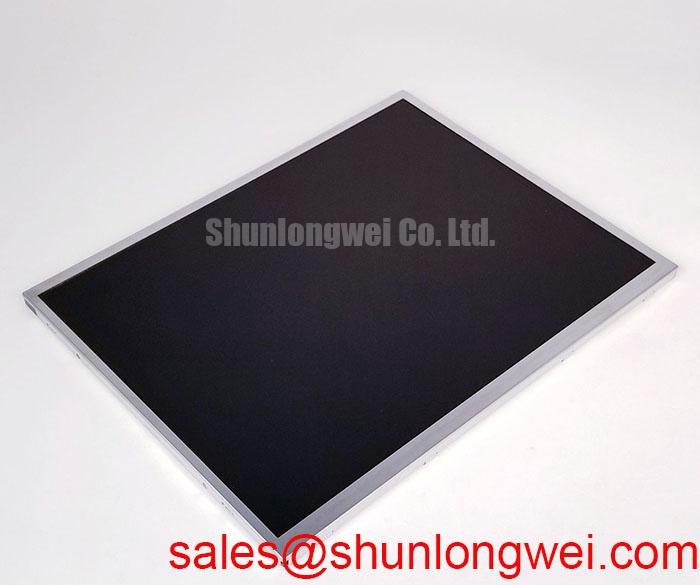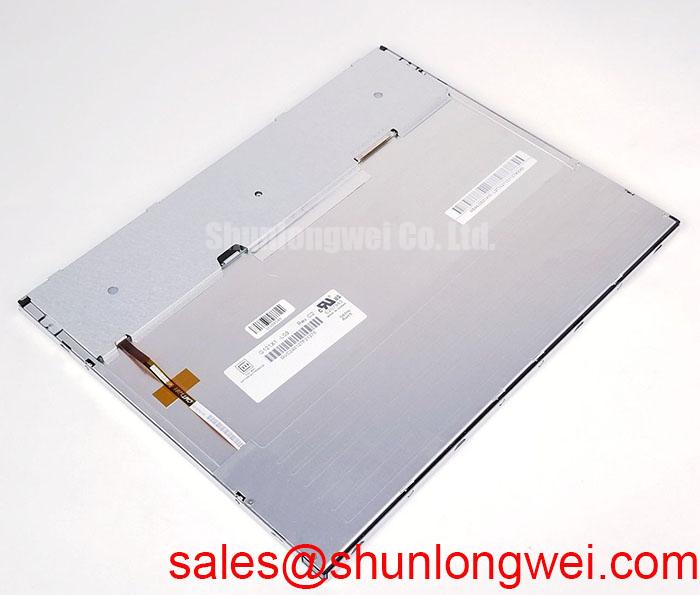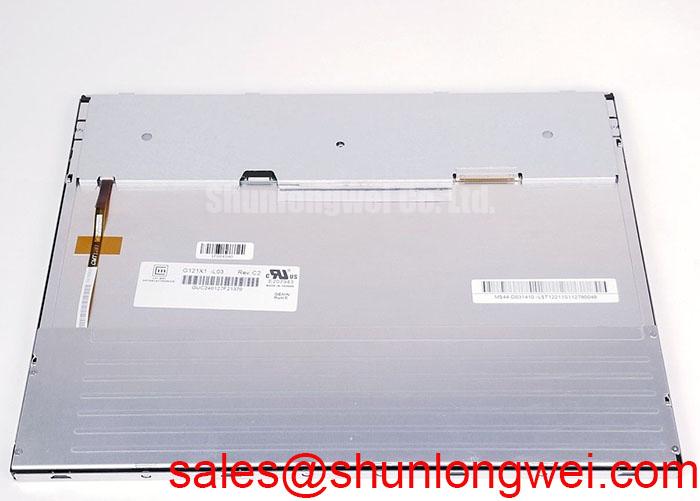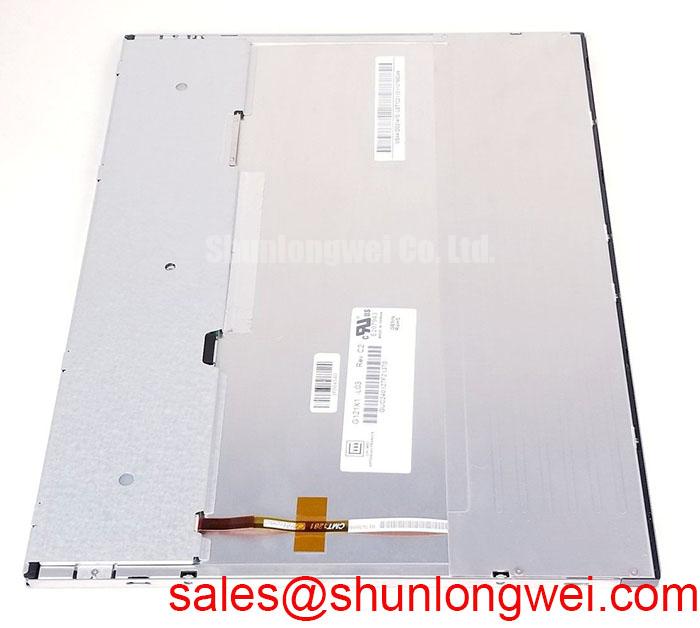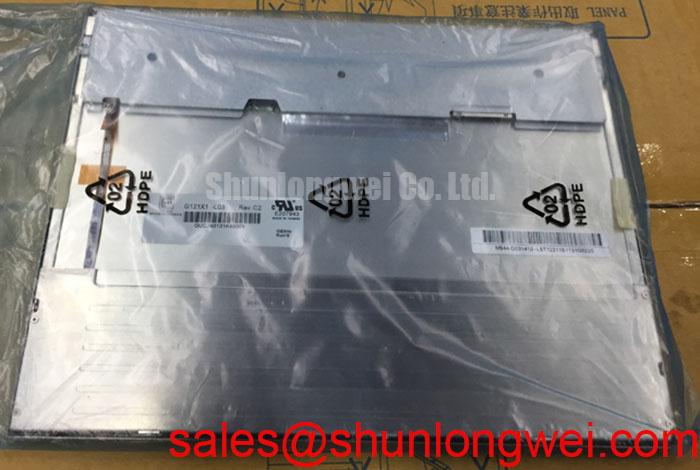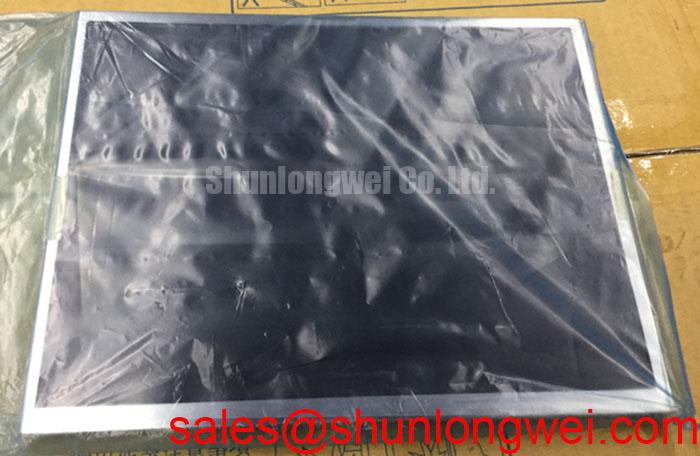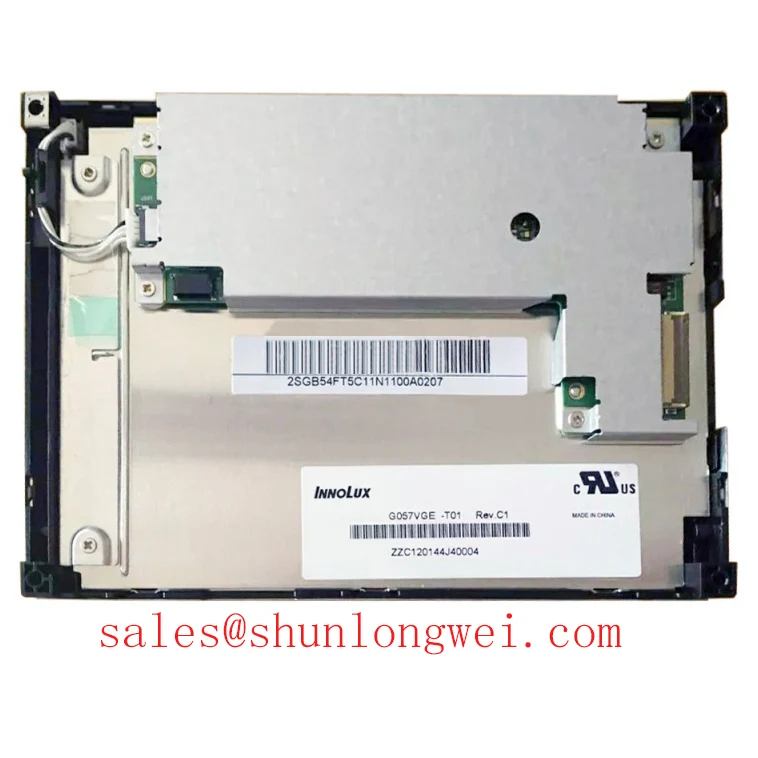Content last revised on November 14, 2025
G121X1-L03: Reliable 12.1" XGA Industrial LCD for HMI Longevity
A Technical Focus on Durability and Integration
The core of the AUO G121X1-L03 is its deliberate design around proven, stable technology. Built on an amorphous-silicon (a-Si) TN TFT-LCD platform, this 12.1-inch module delivers consistent visual performance optimized for the long operational lifecycles required in industrial and medical equipment. Its value is not found in chasing the highest specifications, but in providing a dependable foundation for human-machine interfaces (HMIs) where uptime and supply chain stability are paramount. Key to this philosophy is a WLED backlight system rated for 50,000 hours of service and a standard LVDS interface, ensuring both mechanical and electrical compatibility with a vast ecosystem of existing industrial controllers and single-board computers. This combination makes the G121X1-L03 a strategic component for new designs and a seamless drop-in replacement for legacy systems, minimizing engineering overhead and maximizing long-term return on investment.
Essential Performance Indicators
The design of the G121X1-L03 prioritizes a balanced feature set for mainstream industrial applications. Below are the core specifications that define its operational envelope.
| Parameter | Specification |
|---|---|
| Screen Size | 12.1 inches |
| Resolution | 1024(RGB)×768 [XGA] |
| Brightness | 450 cd/m² |
| Contrast Ratio | 700:1 |
| Operating Temperature | -20 ~ 70 °C |
| Backlight Lifetime | 50,000 Hours (Typ.) |
For a complete list of specifications, you can Download the Datasheet.
Strategic Value in Long-Lifecycle Industries
In sectors like industrial automation, process control, and medical diagnostics, component selection extends beyond immediate performance. The G121X1-L03 addresses the critical need for long-term product availability and stability. The 12.1-inch XGA format remains a widely adopted standard, meaning that specifying this display mitigates the risk of forced redesigns due to the discontinuation of niche or consumer-grade panels. This focus on lifecycle management is crucial for equipment that requires years of regulatory certification and post-sale support. By choosing a component with a proven track record and a stable supply chain, organizations can better forecast maintenance schedules and ensure the availability of spare parts, directly contributing to a lower total cost of ownership and enhanced customer confidence.
A Deeper Dive into the Display's Architecture
Understanding the engineering choices behind the G121X1-L03 reveals its suitability for targeted applications. Two key aspects are its viewing angle characteristics and backlight system.
The specified viewing angles of 80°/80° (Horizontal) and 65°/75° (Vertical) are characteristic of its Twisted Nematic (TN) panel technology. This is an intentional design trade-off. Think of the viewing cone like a directional spotlight rather than a wide-area floodlight. It provides excellent clarity, color, and response time for an operator positioned directly in front of the screen, which is the most common use case for machine controllers and instrumentation. This focused approach avoids the additional cost of wide-viewing-angle technologies like IPS where they are not required. Furthermore, the 50,000-hour backlight rating is a critical reliability metric. This translates to nearly six years of continuous 24/7 operation before the brightness is expected to degrade to 50% of its initial value, ensuring minimal maintenance and consistent readability over the equipment's lifespan. To learn more about the fundamentals of this technology, see our Ultimate Guide to TFT-LCD.
Applications Engineered for Clarity and Endurance
The robust construction and balanced performance of the G121X1-L03 make it an ideal fit for environments where reliability is a primary concern. Its features directly support the operational demands of several key sectors:
- Industrial Control Panels: The XGA resolution and 450-nit brightness provide clear, readable graphics and data for HMIs on factory floors, operating PLCs, and monitoring production lines.
- Test and Measurement Equipment: In laboratory and field instruments, the display offers the necessary clarity for analyzing waveforms, readings, and diagnostic information without the expense of a premium panel.
- Medical Instrumentation: Suitable for patient monitoring systems, medical carts, and diagnostic devices where a clear, direct-view interface for a single clinician is required.
- Point-of-Sale (POS) and Kiosk Systems: The display's durability and long backlight life ensure consistent operation in high-transaction retail and public information environments.
Selecting the Right Display: G121X1-L03 in Context
Choosing the optimal display involves matching component capabilities to application requirements. The G121X1-L03 is the go-to solution for cost-sensitive projects that demand proven industrial-grade reliability for a single, direct-view user. However, if your application requires consistent color and brightness from very wide, off-axis viewing angles—for instance, a large control panel viewed by multiple team members simultaneously—a panel utilizing AHVA (Advanced Hyper-Viewing Angle) or IPS technology might be more suitable. Consider a model like the G121EAN01.0 as an alternative for such collaborative viewing scenarios. For applications requiring different resolutions or features in the same form factor, the G121STN01.0 offers another set of performance characteristics to evaluate. The key is to invest in the technology that directly serves the end-use case without over-specifying and incurring unnecessary costs.
A Forward-Looking Approach to System Design
Integrating a component like the G121X1-L03 is a strategic decision that prioritizes operational stability and supply chain security. In an era of rapid technological turnover, building systems on a foundation of proven, long-lifecycle components ensures that your product remains viable, supportable, and profitable for years to come. This display provides a reliable visual interface that empowers designers to focus on their core application software and system-level innovations, confident that the display hardware will deliver consistent performance day after day. It represents a commitment to engineering excellence through pragmatism and reliability.
Frequently Asked Questions
Is the G121X1-L03's asymmetrical vertical viewing angle suitable for portrait mode?
While technically possible, it is not ideal. In portrait mode, the narrower 65°/75° vertical cone would become the horizontal viewing angle. This means an operator moving side-to-side would experience more significant color and contrast shifts than in the native landscape orientation. For portrait-mode applications, a display with symmetrical viewing angles, such as an IPS panel, is strongly recommended.
What is the typical power consumption, and how does it impact fanless system design?
The G121X1-L03 typically consumes around 6.8W. This relatively low power draw is a significant advantage for designing thermally constrained or fanless systems. The reduced heat dissipation simplifies thermal management, allowing for more compact enclosures and eliminating a potential point of failure—the cooling fan. This contributes to a more reliable and silent end product, which is particularly valuable in medical and laboratory settings.
How is the 50,000-hour backlight lifetime rating determined?
The 50,000-hour lifetime, often referred to as MTTH (Mean Time To Half-brightness), is a projection based on accelerated life testing of the WLED components. It represents the typical time, under specified operating conditions (e.g., 25°C), for the backlight's brightness to degrade to 50% of its initial value. It is a statistical measure of reliability, not a guaranteed failure point, and is a standard metric for comparing the longevity of industrial displays.
What are the key considerations when migrating from an older CCFL backlight panel to this WLED model?
When upgrading from a Cold Cathode Fluorescent Lamp (CCFL) panel, there are two primary considerations. First, the power supply will be different. WLED backlights are driven by a low-voltage DC driver, whereas CCFLs require a high-voltage AC inverter. You will need to ensure your system provides the correct backlight driver or integrate a new one. Second, the G121X1-L03 is mercury-free, which aids in compliance with environmental regulations like RoHS. This simplifies product certification for modern markets.

